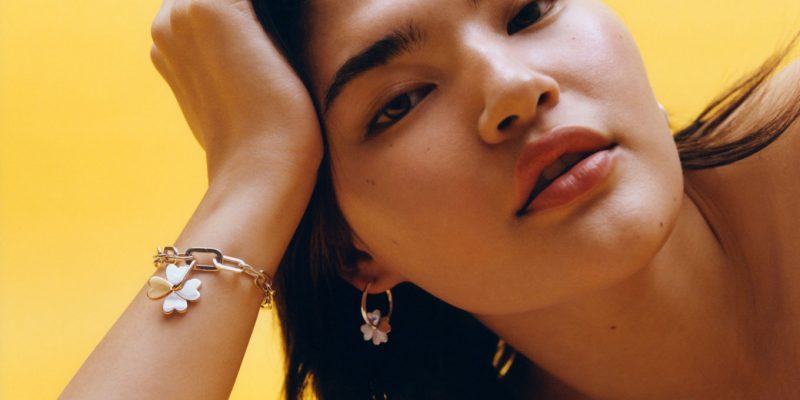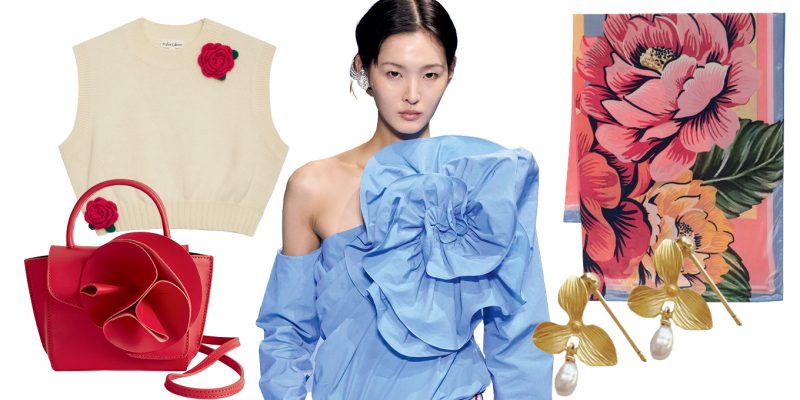Fashion
Talking tutus: The National Ballet of Canada celebrates 60 years!
by : Noreen Flanagan- Jul 14th, 2012

 As a principal dancer,
As a principal dancer,
Veronica Tennant commanded everyone’s attention—but the much-loved former National Ballet of Canada ballerina couldn’t compete with the appalling acoustics at the Design Exchange earlier this week. Tennant—who was there to launch the opening of the
60 Years of Designing the Ballet exhibit—sounded like Charlie Brown’s teacher:
“Bwaah bwah bwah bwah bwaaah… design Bwah bwabwah bwah bwah bwah…. tutu.” I caught the odd word, but mostly my mind and eyes wandered until I noticed that Tennant was delivering her speech en pointe, which I found rather charming. “Once a dancer, always a dancer,” she said with a laugh, when I chatted with her later. Since the first tutu appeared onstage in Paris in 1832, it has become one of ballet’s defining costumes. “The first tutus were mid-calf, and then they just kept going higher and higher,” explained Tennant. “People wanted to be able to see the dancer’s classical technique, and the tutu allowed for that.” The name—at least according to Wikipedia—was coined by cheap-seat patrons who sat in the lower part of the theatre and could therefore see the ballerinas’ bottoms. They twisted “cucu,” which means "bottom" in French, to tutu. Tennant wasn’t expounding on its etymology, but she did talk about how every dancer has to “earn the right to wear a tutu.” “I remember the one I wore when, at 18, I joined the National Ballet of Canada. For my very first performance, I played the Sugar Plum Fairy in the
Nutcracker. It was a rite-of-passage role.” The company itself is marking a significant rite of passage as it enters its sixth decade. The classical company was founded in 1951 by
Celia Franca, and since then it has produced an astonishing repertoire of works from the world’s leading choreographers, from George Balanchine to Rudolf Nureyev to James Kudelka. “The National Ballet of Canada has become part of our cultural fabric,” said Tennant. “And in terms of fabric, textile and design, we have always been known around the world for having superb design and craftsmanship.” When I asked her which of the 60 tutus specially created for the exhibit as part of
The Tutu Project were her favourites, Tennant paused. “Oh, that’s hard. Definitely the one by Caroline O’Brien, who curated the 60 Years of Designing the Ballet exhibit, and I loved the Lundstrom feather one.”
Read on to find out which ones topped my tutu list.
60 Years of Designing the Ballet runs until September 2 at the Design Exchange in Toronto. In addition to the 60 tutus, there are archival tutus from classic productions, sketches, set pieces and even a ballet barre and mirror where you can try on some costumes and perform your own grand plié.
(more…)
Newsletter
Join our mailing list for the latest and biggest in fashion trends, beauty, culture and celebrity.
Read Next

Fashion
H&M's Latest Designer Collab With Rokh Just Dropped (And It's So Good)
We chatted with the emerging designer about the collaboration, his favourite pieces and more.
by : Melissa Fejtek- Apr 18th, 2024

Culture
5 Toronto Restaurants to Celebrate Mother’s Day
Treat your mom right with a meal at any of these amazing restaurants.
by : Rebecca Gao- Apr 18th, 2024

Culture
Discover Club Med’s Stunning Exclusive Collection
Vacation destinations that bring pure luxury and comfort.
by : ELLE Canada- Apr 8th, 2024




